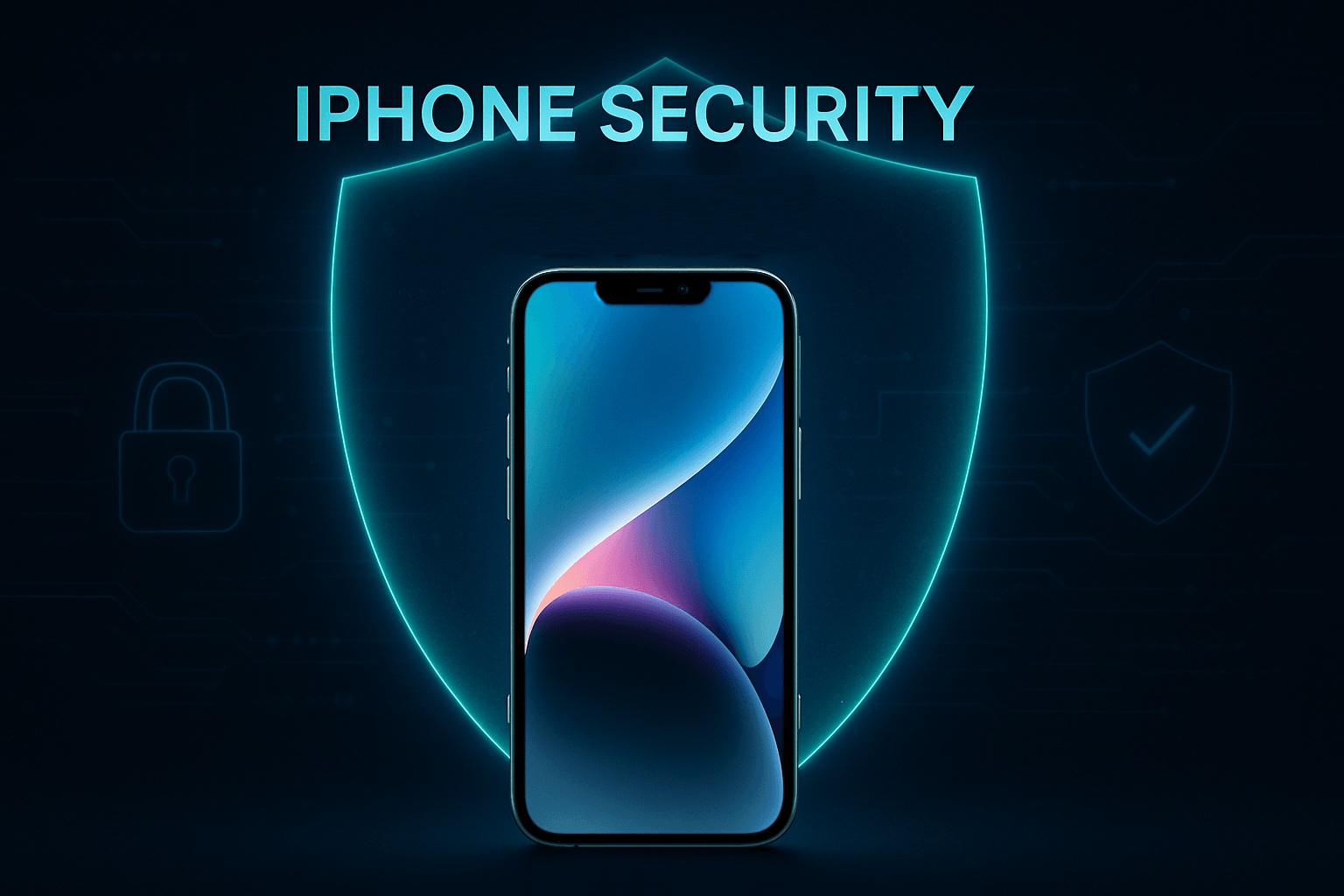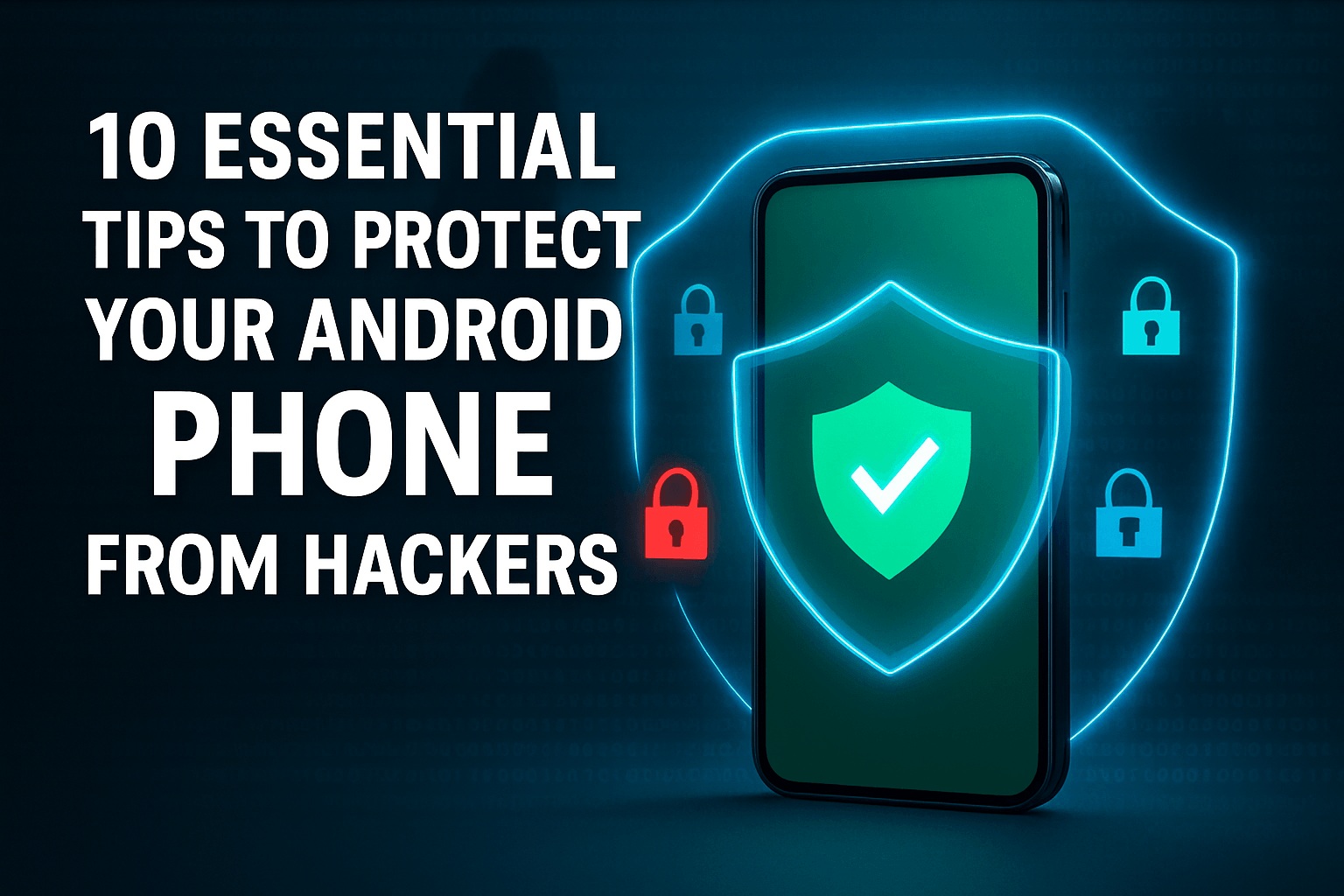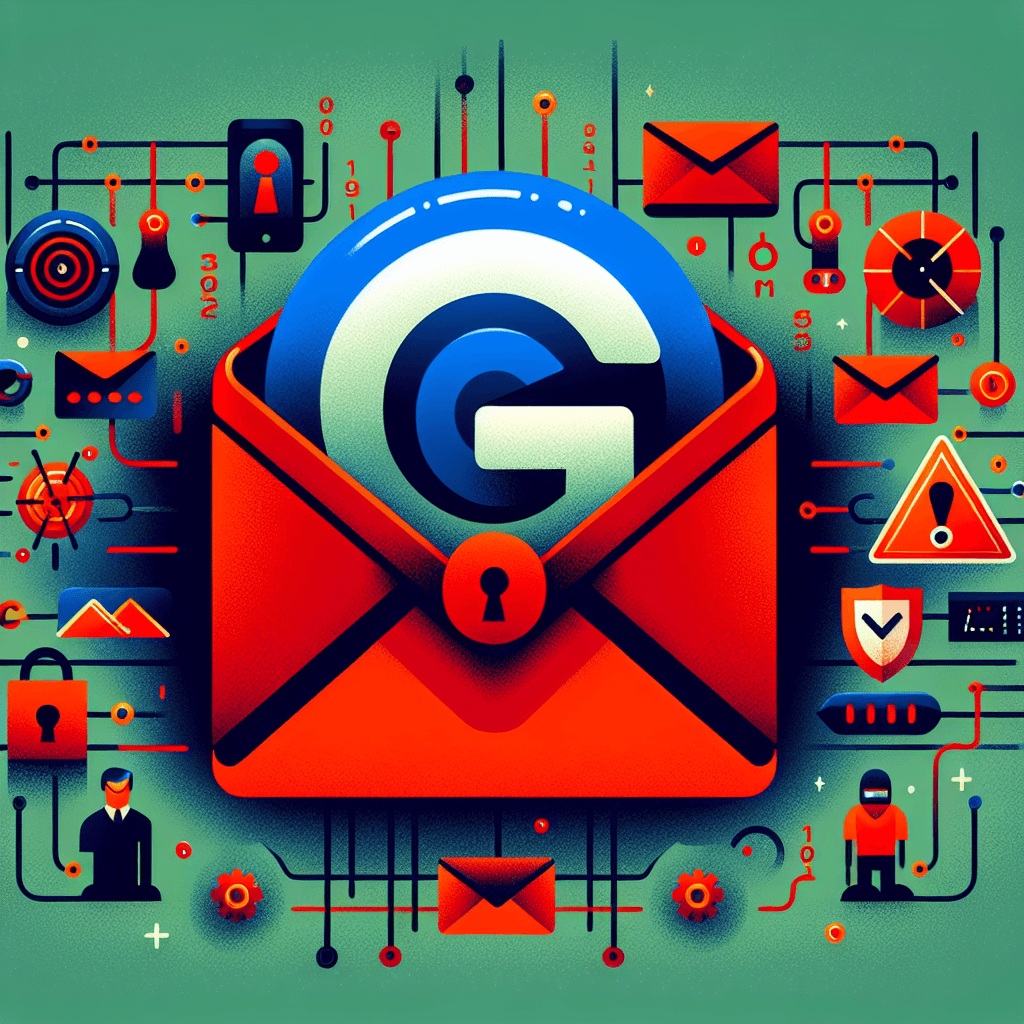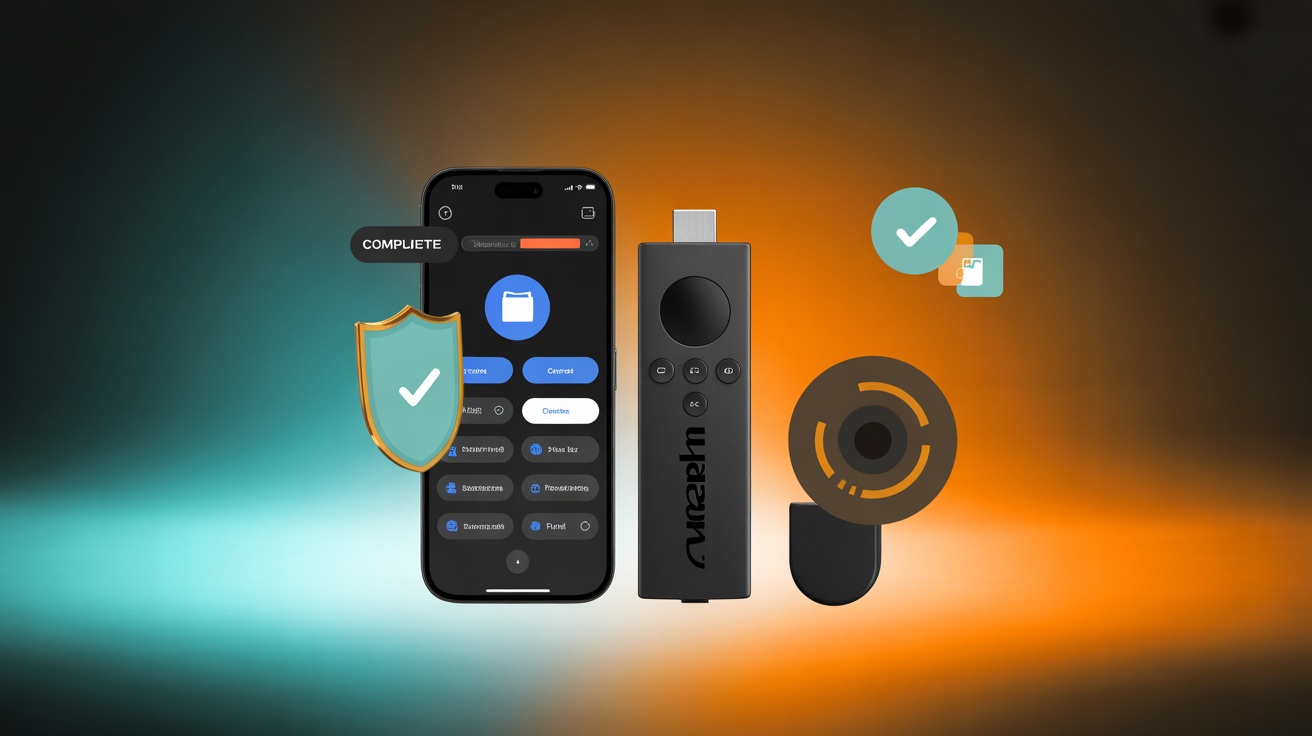How to Protect Your iPhone from Hackers and Tracking in 2025

You might think your iPhone is safe, but privacy threats like hacking, malware, and app tracking can still put your data at risk. Hackers and monitoring tools are always looking for ways in, so protecting your privacy on your iPhone has never been more important. Reports show that:
95% of people in 2025 will not buy from companies that fail to protect their data.
99% look for privacy certifications before trusting a vendor.
90% feel safer with strong privacy laws, especially when using AI.
You can take simple steps to spot iPhone hacking and slow malware, use a reliable antivirus app, and block unwanted tracking and monitoring to keep your device secure and running smoothly.
Key Takeaways
Always update your iPhone to the newest iOS. Updates fix security problems and stop hackers.
Make strong passwords and turn on two-factor authentication. Do not jailbreak your phone. This keeps your accounts and device safe.
Check your apps and their permissions often. This helps stop unwanted tracking. Delete any apps that look suspicious.
Look for hacking signs like slow speed, weird pop-ups, or strange messages. Use trusted antivirus apps to scan your phone.
Change your location settings to control who sees your location. Use a VPN when on public Wi-Fi. This keeps your data private and stops hackers from tracking you.
iPhone Privacy and Hacking Risks

Why iPhones Are Targeted
People use iPhones for many things like texting, photos, and banking. Hackers know iPhones hold lots of private information. They try to get into iPhones because of this. Connecting to Wi-Fi or getting new apps can let hackers in. Some people think iPhones cannot be hacked, but that is not true. There are still privacy dangers. Hackers want to steal your data or watch what you do. You should always try to keep your iPhone safe.
Common Hacking Methods
You might wonder how hackers get into iPhones in 2025. Here are some ways they do it:
Stalkerware can watch where you go and who you call or text. Someone could put it on your phone if they hold it.
Supply chain attacks happen when hackers put bad code in trusted apps using other services.
iCloud account hacks use fake emails or stolen passwords to get into your backups and control your phone.
Malicious apps sometimes get past the App Store and can put your data in danger.
Problems in iMessage or FaceTime let hackers send bad messages or calls to take over your phone.
WebKit exploits attack Safari, so bad websites can run harmful code.
Sideloading apps from outside the App Store can bring slow malware and other risks.
Tip: Always update your iOS, use strong passwords, and only get apps from the App Store to stay safer.
Privacy Threats in 2025
Privacy threats in 2025 are smarter than before. Tracking tools can follow what you do online and in different apps. Some apps ask for permissions they do not need, which can share your data. Hackers use new tricks to get around security, so you need to be careful. If your iPhone is slow or the battery dies fast, you might have malware or a hacker trying to get your info. Using antivirus apps and checking app permissions often can help keep your privacy safe.
Signs of Malware, Slow Performance, and Hacker Activity
Unusual Behavior and Pop-Ups
Watch for odd things on your iPhone. If you see pop-ups or ads a lot, even when you are not using your browser, it could mean adware or malware is there. Sometimes, your camera or microphone light turns on by itself. This might mean a hacker is trying to watch or listen to you. Your friends may get weird messages from your number. These are all signs that your privacy is in danger.
Tip: If you see lots of pop-ups or messages you did not send, use an antivirus app to scan your phone and check your new apps.
Here is a table showing common signs your iPhone might have malware or be hacked:
Sign of Malware or Hacker Activity | Explanation |
|---|---|
Persistent pop-ups or ads | Adware causes annoying pop-ups. |
Strange messages sent to contacts | Hacker may use your account for spam. |
Camera/microphone lights on | Someone could be spying or watching. |
Slowdowns and Battery Drain
Your iPhone should work fast. If it gets slow or the battery dies quickly, malware could be running in the background. Malware and stalkerware use your phone’s power, which can make it hot or cause it to crash. You might see apps crash more or settings change without you doing anything. These things can mean a hacker is trying to control your phone.
Fast battery drain
Phone gets hot during normal use
If you see these problems, update your phone and scan it with a trusted antivirus app.
Suspicious Apps and Data Usage
Always check the apps on your iPhone. If you find apps you do not remember adding, they could be bad. Some apps use lots of data, even when you are not using them. This can mean malware is sending your info to a hacker. You can check your data use in Settings > Cellular. Look for apps that use too much data or seem strange.
Suspicious Pattern | Description |
|---|---|
Unknown apps | Apps you did not add may steal your data. |
Malware can use lots of data in the background. | |
Data use every few hours, even on WiFi, may mean tracking or spying. |
Note: Delete any strange apps and limit their permissions to keep your privacy safe and stop tracking.
Antivirus App Protection and Security Steps

To keep your iPhone safe in 2025, you need good habits and tools. You can stop hacking, slow malware, and tracking by doing these things.
Install iOS Updates
Apple gives out iOS updates a lot. These updates fix security problems and stop new threats. Always install updates when you see them.
Open Settings.
Tap General.
Tap Software Update.
If you see an update, tap Download and Install.
Tip: Updates help block hackers from using new tricks. In January 2025, Apple fixed a problem that let hackers control devices before iOS 17.2. In late 2024, two bugs were fixed that let malware run without you knowing. Updates keep you safe from these problems.
Apple’s updates:
Fix security holes.
Stop malware and zero-click attacks.
Keep your privacy safe.
Do not just use updates. Use other steps too for the best safety.
Use Antivirus Apps
Antivirus apps help block phishing, malware, and unsafe websites. They also warn you about risky Wi-Fi and help you find your phone if lost. In 2025, antivirus apps focus on web protection, phishing blocking, and Wi-Fi safety because iOS does not allow full system scans.
Antivirus App | Protection Focus | System Impact (Background) | System Impact (Scan) | Key Features | Free Version Availability |
|---|---|---|---|---|---|
TotalAV | Web, malware, phishing blocking | Very light | Heavy | Web protection, VPN, anti-theft | Yes |
Norton Mobile Security | Phishing, spam, Wi-Fi, Dark Web Monitoring, VPN | Light | Heavy | Spam filter, real-time scan, VPN | No |
Avira | Web, anti-theft, privacy manager | Heavy | Heavy | Phishing blocking, anti-theft | Yes |
Bitdefender | Virus detection, real-time, breach checker | Light | Light | Real-time protection, breach checker | Yes |
AVG | Malware, identity, photo vault, Wi-Fi security | Light | Heavy | Web protection, identity protection, VPN | Yes |
Note: Only get antivirus apps from the official App Store. Do not use links from emails or websites you do not trust. This helps you avoid slow malware and fake apps.
Enable Two-Factor Authentication
Two-factor authentication (2FA) adds another step when you log in. This makes it much harder for hackers to get into your accounts, even if they know your password.
How to turn on 2FA for your Apple ID:
Open Settings.
Tap your name at the top.
Tap Password & Security.
Tap Turn On Two-Factor Authentication.
Follow the steps to finish setup.
2FA uses a code, push notification, or your fingerprint/face.
Even if someone steals your password, they cannot log in without the second step.
Experts say push notifications and authenticator apps are safer than SMS codes.
Tip: Use 2FA for important apps like banking, email, and social media. This step keeps your privacy safe and stops account takeovers.
Strong Passwords and Passcodes
Strong passwords and passcodes protect your iPhone and apps from hacking. Weak codes are easy to guess. Use longer and more complex codes.
Security Measure | Recommendation | Benefit |
|---|---|---|
Password Complexity | Use random passwords with uppercase, lowercase, numbers, and symbols. | Harder to guess or hack. |
Passcodes | Use a custom alphanumeric or long numeric code, not just six digits. | Stops brute-force attacks. |
Biometric Authentication | Use Face ID or Touch ID. | Safer and easier than typing codes. |
App-Specific Passwords | Use unique passwords for sensitive apps. | Limits damage if one password is stolen. |
Two-Factor Authentication | Turn on 2FA for important accounts. | Adds another layer of security. |
How to set a stronger passcode:
Go to Settings > Face ID & Passcode.
Tap Change Passcode.
Enter your current passcode.
Tap Passcode Options.
Choose Custom Alphanumeric Code or Custom Numeric Code.
Enter and confirm your new code.
Note: Do not use easy codes like 123456 or your birthday. Use a password manager to remember hard passwords.
Avoid Jailbreaking
Jailbreaking removes Apple’s security controls. This makes your iPhone open to malware, hacking, and data theft. Jailbroken phones cannot get automatic updates, so they miss important security fixes.
Jailbreaking lets malware take full control of your device.
You lose your warranty and may lose access to some apps.
Jailbroken phones often crash, run slow, or have battery problems.
You risk losing your data or even breaking your phone.
Alert: Never jailbreak your iPhone. It puts your privacy and security at risk.
Manage App Permissions
Apps often ask for access to your contacts, photos, microphone, or location. Some apps use these permissions for tracking or monitoring. You should check and limit what each app can do.
How to manage app permissions:
Open Settings.
Tap Privacy & Security.
Choose a category like Contacts, Photos, or Microphone.
See which apps have access.
Turn off permissions for apps that do not need them.
Tip: Check permissions every few months. Only allow access when needed. This stops apps from spying or sending your data to a hacker.
If you follow these steps, you can block slow malware, stop tracking, and keep your iPhone safe from hacking. Always use the App Store and avoid strange links to protect your privacy.
Tracking, Monitoring, and Preventing Hacker Access
Control Location Settings
You can decide how your iPhone shares your location. This helps stop unwanted tracking and monitoring. Start by checking app permissions. When an app wants your location, you can pick how often it gets access. Choose just once, only while using the app, or always. You can change these choices anytime in Settings > Privacy & Security > Location Services. If you want, you can turn off Location Services for all apps. This stops every app from using your location. For more control, you can reset your location and privacy settings. This puts everything back to factory defaults. All apps will need to ask for permission again. You can also change system-level location settings. If you do not want to be in Apple’s crowd-sourced location database, rename your Wi-Fi network to end with “_nomap”.
Tip: Check your location settings every few months. This keeps your privacy strong and helps block hackers.
Use VPN on Public Wi-Fi
Public Wi-Fi can put your data at risk. A VPN keeps your traffic private and hides your IP address. This makes it hard for hackers to see what you do. VPNs also protect you from attacks like man-in-the-middle and evil twin scams. Some VPNs block malware in real time. Pick a trusted VPN provider with a no-logs policy for better privacy. Remember, VPNs do not stop every threat. Keep your iOS updated and stay away from risky sites.
Review Apple ID Devices
Check which devices use your Apple ID. Go to Settings, tap your name, and look at all linked devices. Remove any device you do not know. This helps you spot hacker activity and keeps your account safe.
Limit Ad Tracking
Ad tracking can follow you across apps and websites. You can limit this by turning on App Tracking Transparency, iCloud Private Relay, and Lockdown Mode. Use Safari content blockers and trusted ad blocker apps to stop trackers. Update your iOS often and clear your browsing data in Safari. Stay away from free apps with lots of ads. Check app permissions to lower tracking.
Privacy App or Feature | What It Does | When to Use |
|---|---|---|
ONES Project | Encrypts data, audits privacy | For business or personal projects |
Find My iPhone | Tracks and locks lost devices | If your phone is missing |
Life360 | Shares real-time location with family | For family safety |
Glympse | Shares location for a set time | For temporary sharing |
Note: Use privacy-focused apps and features to protect your iPhone from hacking, slow malware, and unwanted tracking.
Myths and What to Do If Hacked
iPhone Security Myths
Some people think iPhones cannot get hacked or get malware. This is not true at all. Hackers want iPhones because they have important information. Many users believe only using the App Store keeps them safe. The App Store is safer, but bad apps can still get in. Some people also think privacy does not matter if you have nothing to hide. But everyone has private things like photos, messages, and money details.
Note: If you believe these myths, you might not be careful. Always use security features and stay alert to keep your device safe.
Immediate Actions If Compromised
If you think your iPhone got hacked, act fast to protect your data. Here are steps you should take:
Restart your iPhone to stop any bad activity.
Check battery use in Settings for apps using too much power.
Look at app permissions under Privacy & Security. Remove access for apps you do not trust.
Delete any apps that look strange or you do not know.
Check for unknown profiles in Settings > General > VPN & Device Management. Remove any you did not add.
Reset network settings to clear out bad DNS or VPN changes.
Update your iOS to the newest version to fix security problems.
Change your Apple ID and iCloud passwords. Turn on two-factor authentication.
If you still have problems, erase all content and set up your iPhone as new.
Tip: Clear your browser history and cache too. If you use Apple Pay, cancel your cards and report any strange charges.
When to Get Help
Sometimes you cannot fix hacking by yourself. If you still see signs of hacking, ask for help. Use Safety Check on iOS 16 or later to stop sharing with people and apps. This tool lets you reset privacy permissions and manage devices. If you cannot secure your Apple ID or stop the problem, contact Apple Support. They can help you get your account back and keep your info safe.
Alert: Do not wait if you feel unsafe or cannot stop the hack. Getting help fast can protect your privacy and stop more damage.
You can protect your iPhone by doing some easy things. Always update your phone when Apple sends new updates. Make your passcodes strong and turn on two-factor authentication for your accounts. Look at app permissions often and turn off ad tracking. Set up Find My and Stolen Device Protection. Check Apple’s security news to watch for new dangers. Doing these things helps keep your privacy safe and gives you control over your phone every day. 🚀
FAQ
How do you know if your iPhone has malware?
You might see pop-ups or your battery drains fast. Your phone could feel hot or slow. Sometimes, you find apps you did not add. If this happens, use a trusted antivirus app to scan your phone. Remove any apps that look strange.
Can you remove a hacker from your iPhone by resetting it?
Yes, you can erase everything to get rid of most hackers and malware. Go to Settings > General > Transfer or Reset iPhone > Erase All Content and Settings. Set up your iPhone like it is brand new for the best results.
Should you use free antivirus apps on your iPhone?
You can use free antivirus apps, but only get them from the App Store. Free apps may not have all the features. Paid antivirus apps usually give better protection and help.
What is the safest way to update your iPhone?
Always update your iPhone in Settings > General > Software Update. Do not click links in emails or on websites. Updates from Apple fix security problems and keep your phone safe.
How can you stop apps from tracking your location?
Go to Settings > Privacy & Security > Location Services. Turn off location for apps you do not trust. You can also let apps use your location only when you are using them.







